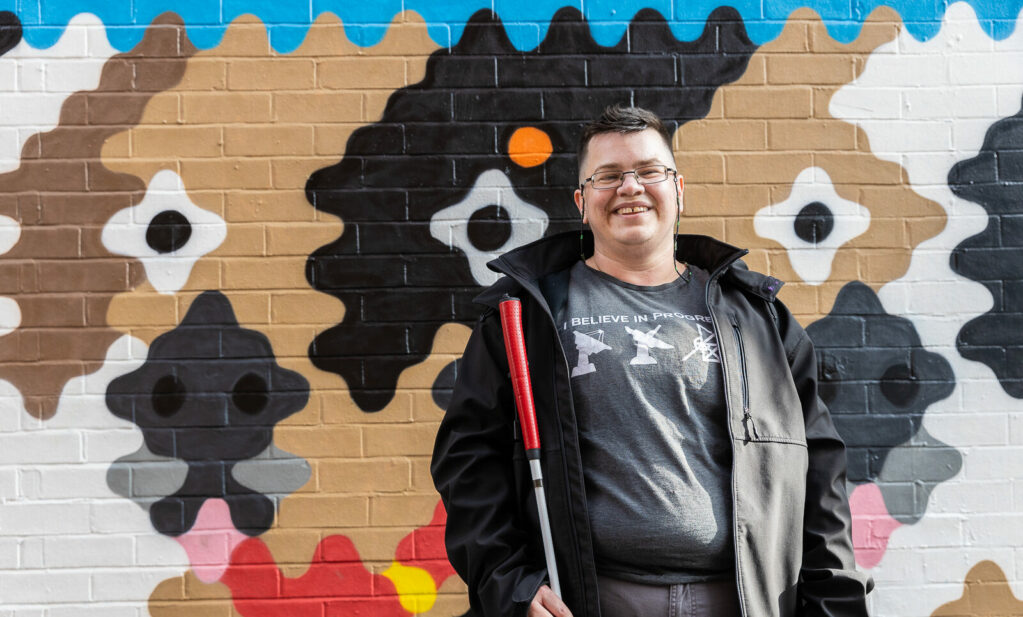Disabled People's experiences of Clean Air Zones
Read our research report into disabled people's experiences of road user charging and clean air zones.

Background
Road User Charging (RUC) refers to a fee or charge imposed on drivers for using a defined road network. This fee is based on factors such as the time of day and the type of vehicle driven. RUC aims to reduce unnecessary trips and promote alternative methods of transport such as public transport or active travel. There are different forms of RUC which include Low Emission Zones, Congestion Charges, and Clean Air Zones. Some of these have introduced exemptions for disabled people, through these vary from scheme to scheme.
A Clean Air Zone (CAZ) is an area designated by local authorities which charges drivers a fine for driving within them if their vehicle does not comply with specific emissions standards. This initiative aims to reduce harmful emissions from vehicles and encourage the adoption of cleaner alternatives. CAZs currently exist in eight cities in England, with zones recently introduced in Birmingham and Bristol.
Research has not yet investigated the impact of this initiative on disabled and older people, who already face numerous barriers to travel. Given that CAZs aim to reduce pollution and improve air quality, it could be argued that they benefit those with respiratory conditions, such as asthma. Despite this, CAZs encourage the use of public transport which is often inaccessible to disabled people, as well as the adoption of cleaner vehicles which disabled people may not be able to afford.
This research therefore aims to assess how disabled people are being impacted by CAZs through one-on-one interviews. The interviews focus on those with respiratory conditions, as well as those from the wider disabled community who live in the newly implemented Birmingham and Bristol CAZs.

